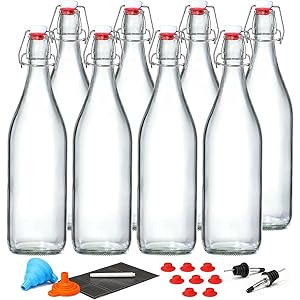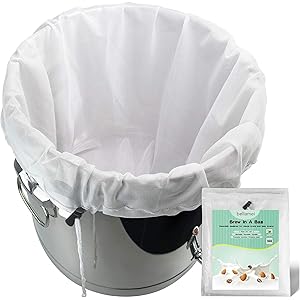Understanding Carbonation in Beverages
Carbonation refers to the process of dissolving carbon dioxide (CO2) gas in a liquid, which creates bubbles and gives the beverage its fizzy texture. In soft drinks like Sprite, carbonation is a key element that enhances the drinking experience. The amount of CO2 in a can of Sprite contributes significantly to its overall flavor profile and mouthfeel, making it an essential aspect of its formulation.
How Much CO2 is in a Can of Sprite?
A standard 12-ounce can of Sprite typically contains approximately 3.5 to 4 grams of carbon dioxide. This amount can vary slightly based on the production process and the specific formulation used by the manufacturer. The carbonation level is carefully controlled to ensure that the beverage maintains its refreshing taste while providing the desired level of fizziness.
The Role of CO2 in Flavor Perception
Carbon dioxide not only adds a fizzy sensation but also plays a crucial role in flavor perception. The bubbles created by CO2 can enhance the perception of sweetness and acidity in beverages. In the case of Sprite, the carbonation complements its lemon-lime flavor, making it more enjoyable and refreshing for consumers. Understanding the balance of CO2 is vital for beverage manufacturers to create a product that meets consumer expectations.
Factors Influencing CO2 Levels in Soft Drinks
Several factors can influence the amount of CO2 in a can of Sprite. These include temperature, pressure during the carbonation process, and the specific recipe used. Higher temperatures can lead to a decrease in CO2 solubility, while increased pressure can enhance the amount of gas dissolved in the liquid. Manufacturers must carefully monitor these variables to ensure consistent carbonation levels across production batches.
Health Considerations of Carbonated Beverages
While carbonation itself is generally safe for consumption, there are health considerations associated with drinking carbonated beverages like Sprite. The presence of CO2 can lead to bloating and discomfort for some individuals, particularly if consumed in large quantities. Additionally, the sugar content in Sprite can contribute to other health issues, making moderation key for consumers who enjoy carbonated drinks.
Get more content like this!
Sign up to receive updates and new terms first hand.
Environmental Impact of CO2 Emissions
The production of carbonated beverages, including Sprite, involves the release of CO2 emissions into the atmosphere. This has raised concerns regarding the environmental impact of soft drink manufacturing. Companies are increasingly focusing on sustainability practices to reduce their carbon footprint, including optimizing production processes and utilizing eco-friendly packaging solutions.
Comparing CO2 Levels in Different Soft Drinks
When comparing the amount of CO2 in Sprite to other soft drinks, it is essential to note that carbonation levels can vary widely. For example, cola beverages often contain higher levels of CO2 compared to lemon-lime sodas. Understanding these differences can help consumers make informed choices about their beverage preferences based on their desired level of fizziness.
The Science Behind Carbonation
The science of carbonation involves the principles of gas solubility and pressure. When CO2 is dissolved in a liquid under high pressure, it forms carbonic acid, which contributes to the beverage’s acidity. Upon opening a can of Sprite, the pressure is released, allowing the CO2 to escape and create the characteristic fizz. This process is not only fascinating but also critical to the enjoyment of carbonated beverages.
Consumer Preferences and Trends
Consumer preferences for carbonation levels in beverages have evolved over time. Many people enjoy the refreshing sensation of a well-carbonated drink, while others may prefer less fizz. Manufacturers are responding to these trends by offering a variety of carbonation levels in their products, catering to diverse consumer tastes and preferences.
Conclusion: The Importance of CO2 in Sprite
In summary, the amount of CO2 in a can of Sprite is a vital component that affects its taste, texture, and overall consumer experience. As the beverage industry continues to innovate, understanding the role of carbonation will remain essential for both manufacturers and consumers alike.




